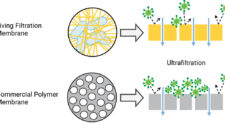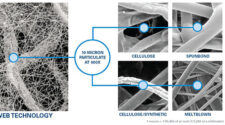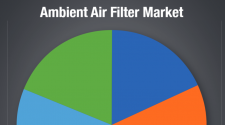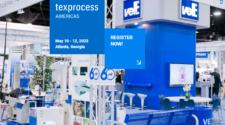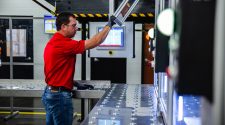For more than 70 years, DuPont Water Solutions has provided end-to-end water treatment solutions to customers across a range of geographies, markets and applications. As a worldwide leader in sustainable separation and purification technologies, DWS offers the most complete portfolio of technologies available, including ultrafiltration, nanofiltration, reverse osmosis, ion exchange, and electrodeionization technologies.
As water quality continues to deteriorate and regulations continue to tighten, DWS’ state-of-the-art membrane science and ion exchange solutions help make drinking water safe for homes and communities; help industries and markets operate more effectively, efficiently and sustainably; and make water-scarcity challenges more manageable, wherever they arise.
The company is also a proponent of a minimal liquid discharge (MLD) approach to water management, which incorporates ultrafiltration, reverse osmosis, nanofiltration and ion exchange-based technologies to enable nearly 95% liquid discharge recovery at a fraction of the cost of zero liquid discharge systems. The strategy has already led to improved water efficiency, reduced environmental impact and lower energy costs for customers around the world.
DWS’ global team of experts is committed to delivering tailor-made water solutions that utilize the optimal mix of technologies, helping to make real water progress in ways that not only improve productivity, efficiency and profitability for customers, but also reduce waste, energy consumption and environmental impact.
In this edition of the IFN, we interview HP Nanda, global vice president and GM, for DuPont Water Solutions.
Ed Gregor: Please update us on any present or expected significant changes from the core business of Dow Water Solutions to DuPont Water Solutions.
HP Nanda: Strategic focus for the new DuPont Water Solutions business is growth. Our aspiration is to be the market-shaping technology components leader for the water industry, with the broadest portfolio of differentiated technologies to allow us to solve our customers’ problems better, faster and more cost effectively. This will enable us to contribute our part to make a few possibilities happen, such as:
- Providing access to clean water for 7.3 billion people globally
- Empowering the manufacturing industry to do more with less
- Making MLD/ZLD a real possibility
- Enabling clean labels for products
These are goals we know, and no one individual or team or organization can do it. We need to partner with others, customers, suppliers, value chain partners and the eco-system to make this possible. Thus, our new tagline is “Possibility Flows With Us.”
We continue to advance our mission on these lines. Thus:
- We recently announced the intended acquisition of BASF’s ultrafiltration membrane business, reinforcing our commitment to invest in specialty solutions aligned with high growth, attractive end markets where our continued innovation and customer relationships add value.
- We also signed an agreement to acquire the Memcor® business, including ultrafiltration and membrane bioreactor technologies, from Evoqua Water Technologies Corp.
Ed Gregor: Are there any major strategic advantages or changes planned with the new organization in the future?
HP Nanda: We recognize, we must improve on several areas to better serve our customers.
- Lead times of our products in recent years have been very long. We are committed to working on decreasing lead times and improving our customer experience.
- We must innovate faster to bring needle-moving innovations that matter to our customers. For example, our recently launched Fouling Resistant RO element could reduce the cost of water up to 6%.
- We have to expand our presence with more resources on the ground and closer to our end users, so that we are accessible when needed.
Ed Gregor: Can you see a day when larger cities (1 million population or more) near a water source will rely heavily on RO? If so, what needs to happen?
HP Nanda: We are a science company. Our focus is to take advantage of science and bring innovative solutions to help our customers decide what best works for them. Thus, in our portfolio we have multiple technologies.
In Brazil and Egypt, with a reasonably clean water source, we have customers who use our ultrafiltration technology only. We have customers in many places who use our ion-exchange resin to take a constituent out. Of course, when the water source is challenging, reverse osmosis is the trusted technology, though it is more expensive and energy consuming. However, in the last 20-25 years, the cost of reverse-osmosis technology and energy consumption has come down by roughly 80%, and we continue to work hard to keep reducing costs. Today, it takes almost $0.50 to convert 250 gallons of sea water to potable water using reverse-osmosis technology, but we can keep challenging ourselves to make further progress going forward.
These are goals we know, and no one individual or team or organization can do it. We need to partner with others, customers, suppliers, value chain partners and the eco-system to make this possible. Thus, our new tagline is “Possibility Flows With Us.”
Ed Gregor: What future trends will have the largest impact and continue the rapid growth of reverse osmosis?
HP Nanda: After 2-3 decades, reverse osmosis is the workhorse of the industry. It is well-trusted, delivers reliable performance and has become more affordable today versus a decade ago. We see the continued strong growth in RO from three trends:
- Home drinking water in Asia, particularly China, India, South East Asia and Middle East. One billion people don’t have access to clean water and the other 6 billion who have, their needs are constantly evolving.
- The second trend is an increasing need for a minimal liquid discharge (MLD) approach. Our customers face a dual threat – declining feed water quality on one end and stricter worldwide discharge limits on the other end. This is a big reason why we developed our MLD approach, which involves identifying sources and types of wastewater, and matching optimal technologies to enable reuse. This strategy was used at a textile wastewater treatment plant in Tirupur, India (See http://bit.ly/mldapproach for a video case study). By employing high-pressure RO membranes, the plant is able to remove color from water sources, decrease wastewater output, and lower overall system cost by more than 50 percent.
- The third trend is helping industries do more with less. As industries grow, more water is needed to keep up with demand. RO technology can help a diverse range of industries reduce their freshwater intake, treat water and wastewater for operational reuse, and help lower environmental footprint.
To learn more about DuPont Water Solutions, visit www.dupont.com/water.html or contact Kimberly Kupiecki at kimberly.ku piecki@dupont.com


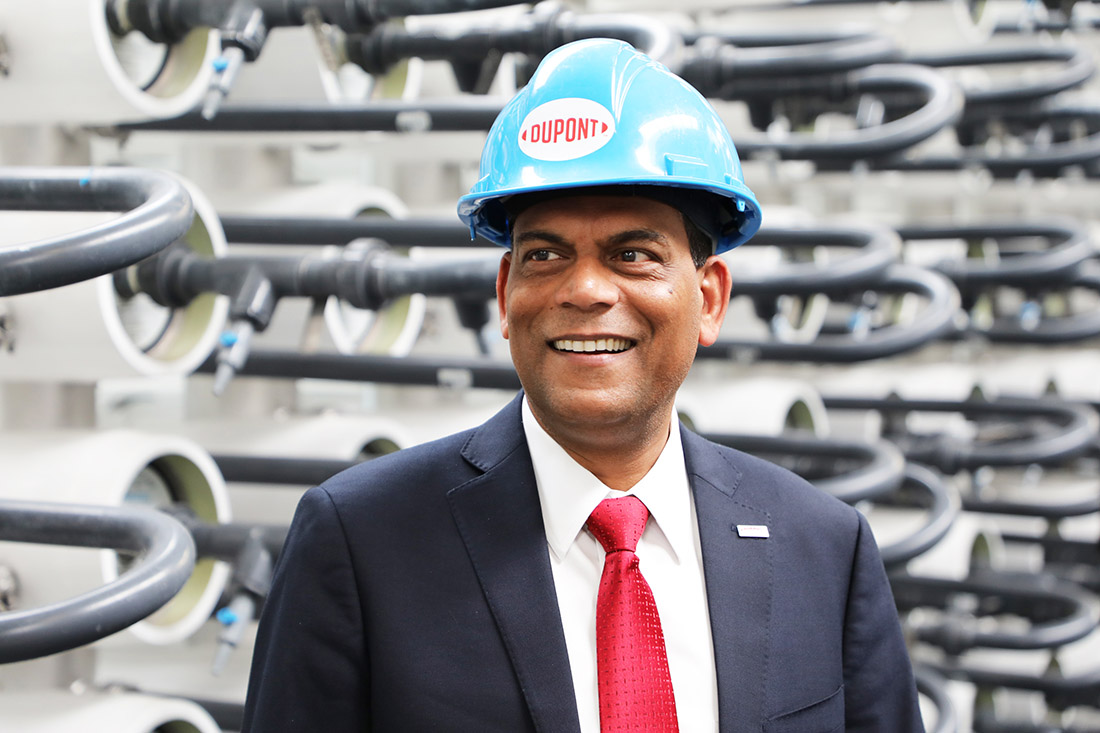
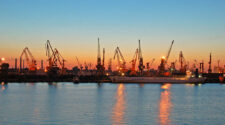
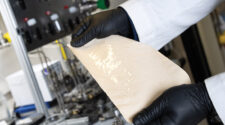
![Figure 1: Differentiation with membranes based on the famous Robeson diagram that plots selectivity vs. permeability. From Reference. [4]](https://www.filtnews.com/wp-content/uploads/IFN_042023_membranes_Figure1-225x125.jpg)
